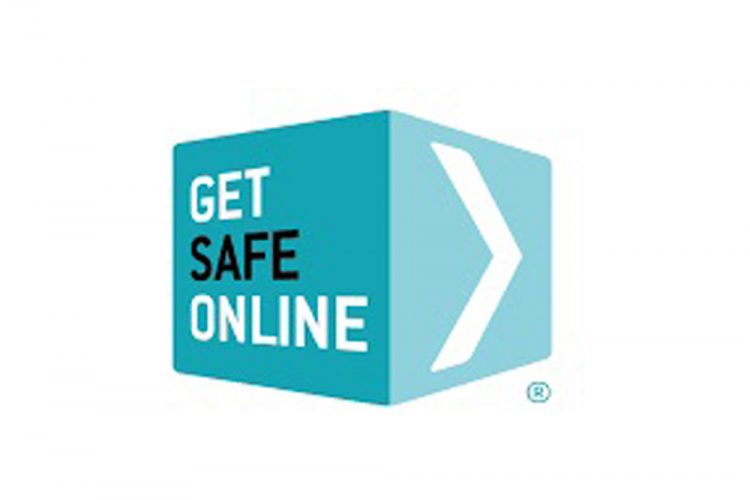“Get Safe On-line” offers advice on dealing with negative social media experiences

The Internet has transformed our ability to obtain information, communicate with others, express our views, share our experiences and engage in conversations about any topic of our choice. However, the Internet’s open and relatively ungoverned nature has resulted in high levels of online violence, with women, girls and sexual minorities being disproportionally targeted.
Online gender-based violence includes:
• Threats of physical sexual and other violence
• Sexual or other types of harassment
• Cyberstalking
• Sex and gender trolling
• Sexting
• Publishing intimate images, videos or audio clips without consent
• Accessing private data through hacking
• Creating and disseminating fake news about the targeted individual
• Attempted and successful attempts at blackmail
• Doxxing (accessing an individual’s private information and sharing it online)
• Zoombombing (pornographic images shown during video calls or meetings.
Online gender-based violence may take the form of a one-off incident or, more likely, a persistent, targeted campaign. It may be confined to online channels such as e-mail, SMS, direct messaging, social media or websites, or be perpetrated alongside ‘real world’ versions of the same kind of violence. The main difference between the two is that owing to the viral nature of the Internet, perpetrators can disseminate the violence far and wide. Online violence is a real and serious threat. It can have very damaging effects on the individual, including their mental health, but also in their sense of empowerment and access to human rights such as freedom of expression. It is not only those who initiate the violence who are to blame for the harm done, but also those who either join them in directly targeting the victim, or spread it via their own channels, including via word of mouth in their own communities (sometimes unaware of their part in the chain). Therefore, if you are tempted to target anybody with any of the above forms of abuse, either initiated by yourself or somebody else, think twice, consider the effect on the intended victim and also that you may be committing a criminal offence. The same applies to forwarding or otherwise sharing this type of content to others, either on or off-line.
If you are targeted by online gender-based violence here is what you can do:
1. Talk to a family member, friend, colleague or educator that you trust not to judge you or spread or report your concerns to the wider community.
2. Report incidents to the appropriate authorities.
3. Do not respond or express a reaction to the perpetrator or those responsible for spreading the violence, as this will only provoke further incidents including spontaneous intimidation.
4. Block the perpetrator and those spreading the violence.
5. If the violence takes the form of intimate content shared online, report it to the website or social media platform concerned, request that it is removed and the offending user blocked.
6. You can report online bullying, image-based abuse or other forms of online abuse to the police
7. Report threats of physical harm, blackmail, stalking, hacking or sharing of private content to the police.
8. If you have been traumatised by online gender-based violence, you can seek professional psychological help.
Internet safety is about empowering every individual; it focuses on encouraging individuals to practice responsible behaviours that minimise their exposure to risk of being a victim of any crime or abusive behaviour, and to teach them how to respond appropriately should they be victimised.
Until next time, remember there is strength in numbers, continue to play your part, and “Say No” to online gender-based violence!
Visit YouTube to watch our “Say No Animation” to learn more about online gender-based violence and what you can do to stay safe online.
Thank you for supporting the Get Safe Online campaigns in the Caribbean. You can visit the Get Safe Online Internet safety resource website for your country by clicking on your country’s name.









